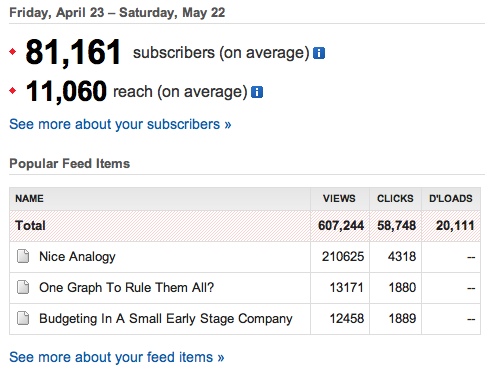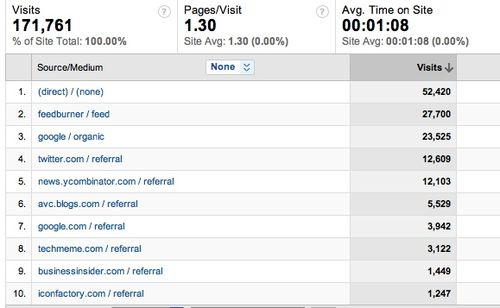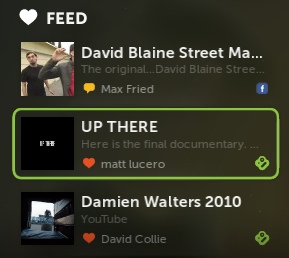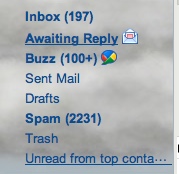For a tech company, product and engineering are the heart and soul of the business. When I do a quick mental query of headcount across our entire portfolio of ~30 companies, I think at least 50% and maybe as much as 60% of the entire headcount of our portfolio is in either product or engineering.
Many of the founding teams we back include a strong coder and a strong product person. A typical configuration is the founding CEO is also the "VP Product" at the start. This is a great configuration for a starting team. The two individuals can and should build a tight knit relationship with each focusing on their particular roles in getting the product built. The product person sets the overall requirements, specs them, focuses on the UI and UX and manages the process. The engineering person builds the product or manages the team that builds the product, or both. The yin and yang of product and engineering are represented in these two founders and their relationship and combined effort is what gets the product out the door.
As the company scales the yin and yang of product and engineering often gets out of whack. What typically happens is that the engineering team scales and the engineering leader either scales with the team or hands over the job of managing engineering to a seasoned executive. But the product side often does not scale in the same way. Many founding CEOs who are also acting in the VP Product role attempt to do that job for too long. Or they bring in product managers but don't build a highly functioning product organization. And hiring a really strong VP Product is often an afterthought.
I have seen many companies go through this phase. What happens is the company starts having trouble getting product out the door as rapidly as it had in its early days. Other issues start cropping up and the engineering team has to focus on them. A typical one is technical scaling issues. If the service is popular, the entire engineering team can get pulled into firefights related to scaling issues. And I have often seen companies spend a year or more rebuilding the guts of their product to make it scale better. During this time, product related efforts can languish and feature development takes a back seat. This period in a company's development is brutal on the product team who gets frustrated with their inability to move the ball forward.
The prescription for these problems is two fold. First, the company needs a strong executive in both product and engineering. I say executive because the key skill set is the ability to manage people and create organization structures that are highly functional. The VP Engineering and the VP Product need to have a history of being highly skilled engineers or product managers, but in the role of leading these organizations, those skills will not be the ones they use. They will hire, fire, organize, manage, resolve lingering issues, and make tough decisions. They will be managers. And these two individuals need to pair up in the same way that the founding team did. They need to be partners with each other and reinforce each other. The ability of the VP Engineering and VP Product to work well together is so key to building a great tech company.
The second thing that has to happen is that product and engineering resources need to be divided up into small teams that actually build stuff. Teams should be between three and seven people. Anything more than that
should be broken up into two teams. Each team needs to have a product lead and a tech lead. And just like the two founders and the two VPs, the two team leads need to partner up and work well together.
So hopefully you see that this yin and yang of product and engineering must always be at the center of the company and they need to be in balance. If you have a super strong engineering team but a weak or understaffed product team, you will struggle. If you have built a functioning organization in engineering but not in product, you will struggle. If you have a team where one of your two team leads is weak, it will struggle.
If you are stuck between being the scrappy startup you used to be and the highly functioning big company you want to be, look at your product and engineering organizations and make sure they are well balanced and that you have strong leaders in both who work well together. If you don't see all of those things, think about making some changes to get there.







![Reblog this post [with Zemanta]](http://img.zemanta.com/reblog_e.png?x-id=502578df-207b-4168-8a31-895cae0e1d85)

